 Inspired by travels during his twenties, Brett Philips shares how he found his love for beer in Europe and how that inspires his work today.
Inspired by travels during his twenties, Brett Philips shares how he found his love for beer in Europe and how that inspires his work today.  Inspired by travels during his twenties, Brett Philips shares how he found his love for beer in Europe and how that inspires his work today.
Inspired by travels during his twenties, Brett Philips shares how he found his love for beer in Europe and how that inspires his work today.  The two renowned inner-Sydney breweries are combining their production facilities and distribution channels in a strategic venture.
The two renowned inner-Sydney breweries are combining their production facilities and distribution channels in a strategic venture. 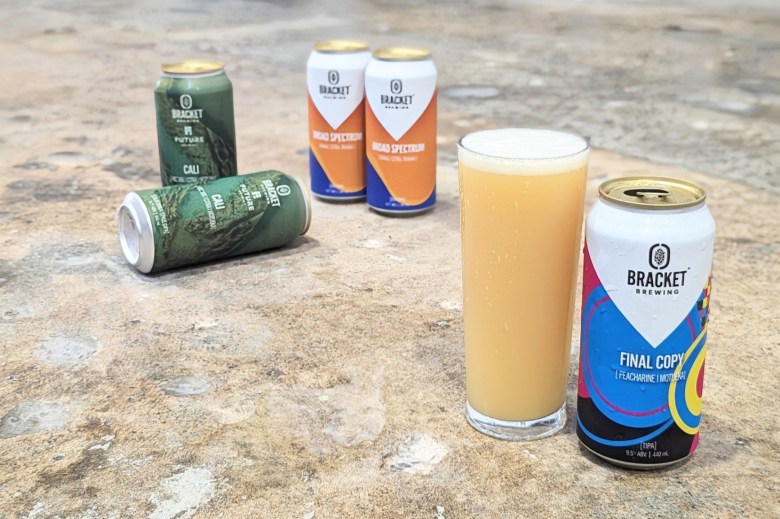 Bracket Brewing was one of 126 Australian breweries to collect an award, named Australia's top three overall beers.
Bracket Brewing was one of 126 Australian breweries to collect an award, named Australia's top three overall beers.  CEO of The Independent Brewers Association, Kylie Lethbridge, says while more can always be done, we can celebrate the progress that's been made to make the indsutry more inclusive.
CEO of The Independent Brewers Association, Kylie Lethbridge, says while more can always be done, we can celebrate the progress that's been made to make the indsutry more inclusive.  With just five years under its belt, Mountain Culture secured a historic three-peat in the GABS Hottest 100 poll.
With just five years under its belt, Mountain Culture secured a historic three-peat in the GABS Hottest 100 poll.  Tooheys and Dune Rats have partnered in latest campaign to endorse live music across a number of Sydney venues.
Tooheys and Dune Rats have partnered in latest campaign to endorse live music across a number of Sydney venues. 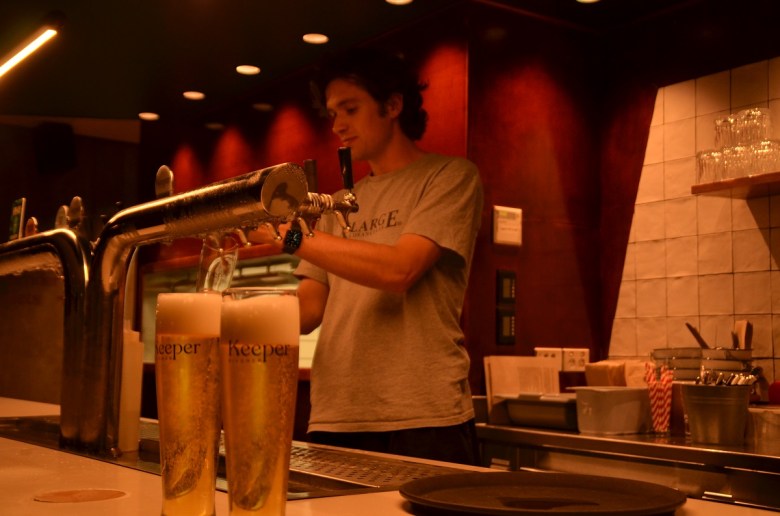 Brunswick brewery Keeper Brewing is continuing its focus on crafting one style of beer, the Pilsner, as the category grows in demand.
Brunswick brewery Keeper Brewing is continuing its focus on crafting one style of beer, the Pilsner, as the category grows in demand. 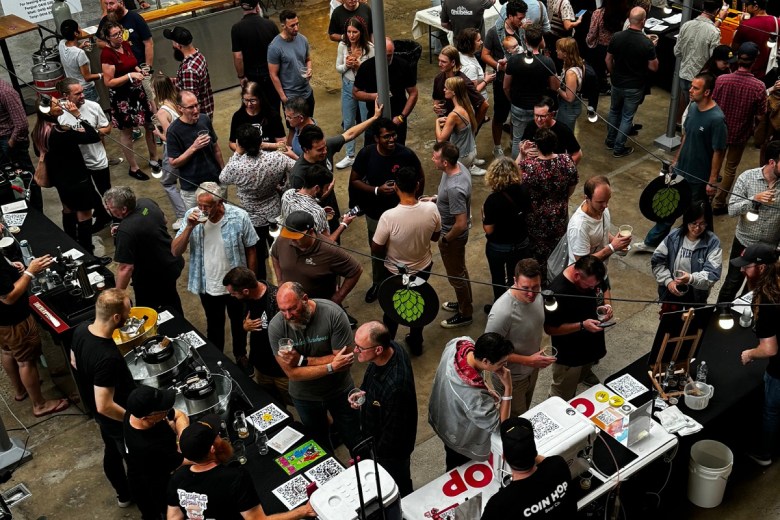 Aspiring brewers will showcase their creations at Frenchies Bistro & Brewery for a day of tastings, voting and more.
Aspiring brewers will showcase their creations at Frenchies Bistro & Brewery for a day of tastings, voting and more. 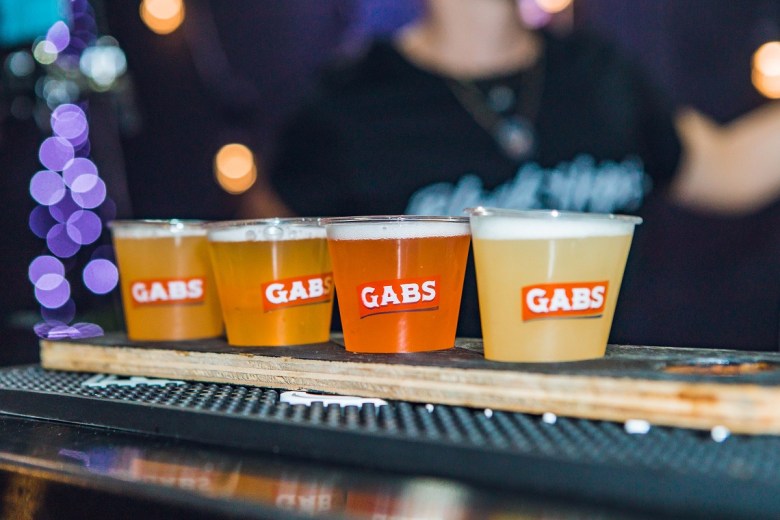 The festival will be hosted across Melbourne, Brisbane and Sydney, with tickets now available for all three cities.
The festival will be hosted across Melbourne, Brisbane and Sydney, with tickets now available for all three cities.  One of the classic styles, and one of the most fabulous beers steeped in history, Kölsch is often underrated and overlooked.
One of the classic styles, and one of the most fabulous beers steeped in history, Kölsch is often underrated and overlooked. 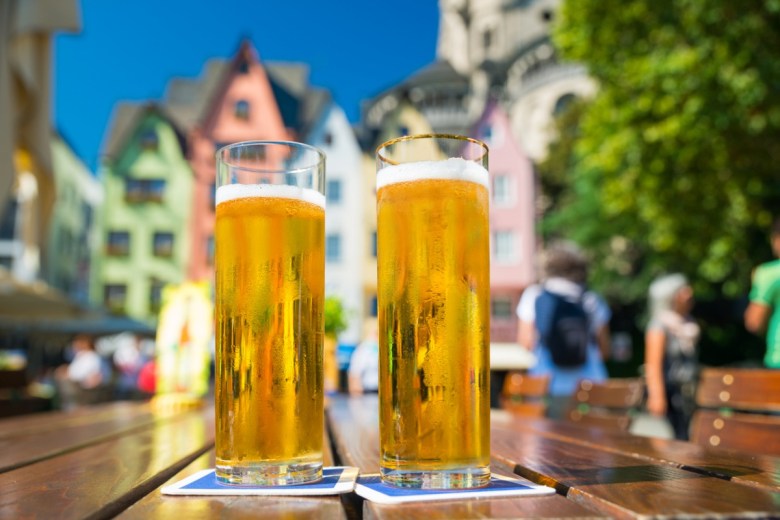 John Palmer guides you through brewing this delightful beer, that is widely praised but far too often poorly replicated.
John Palmer guides you through brewing this delightful beer, that is widely praised but far too often poorly replicated. 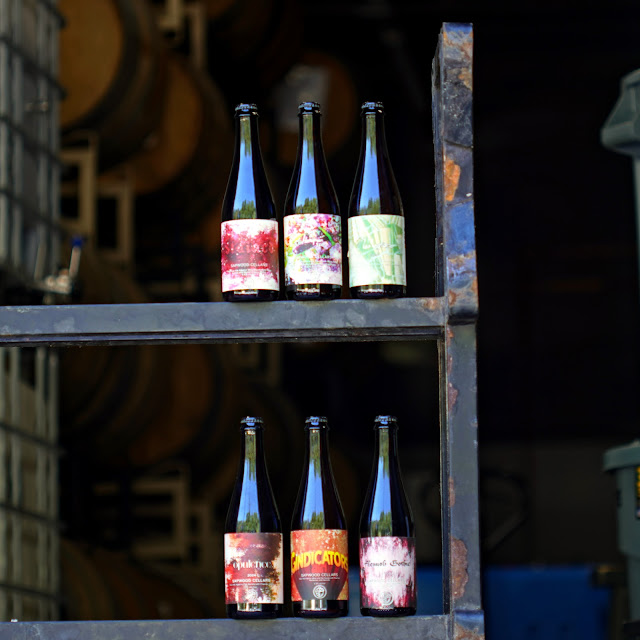
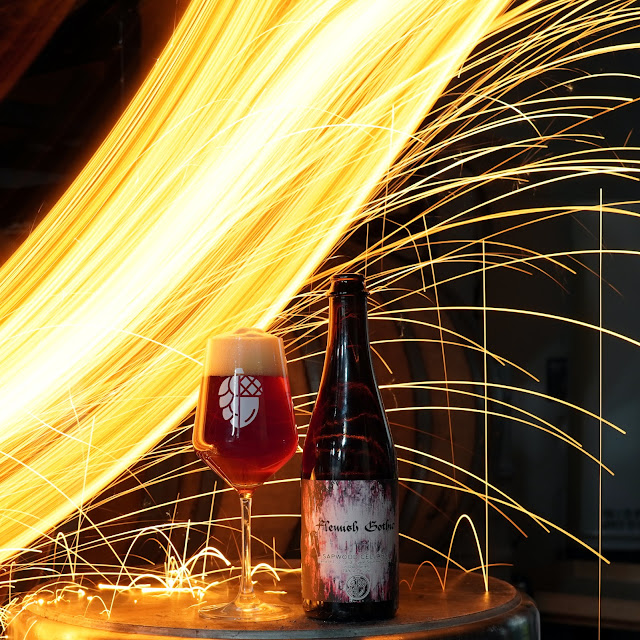
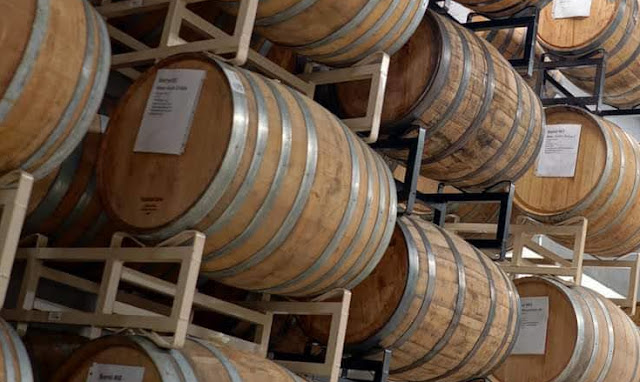
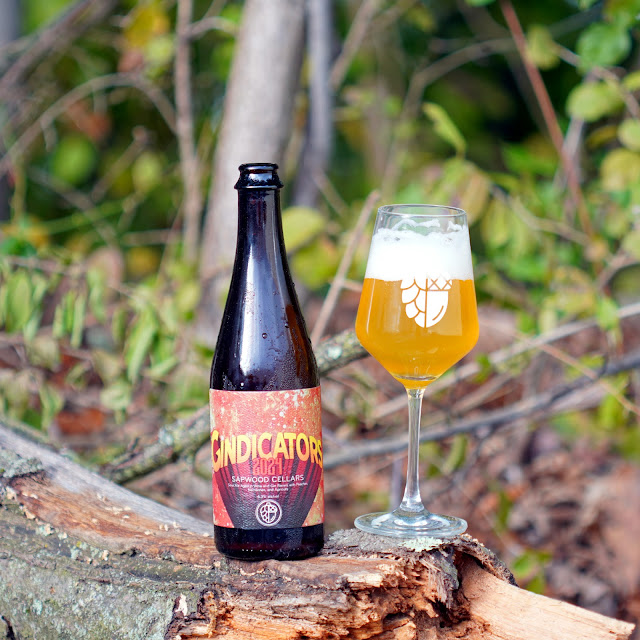

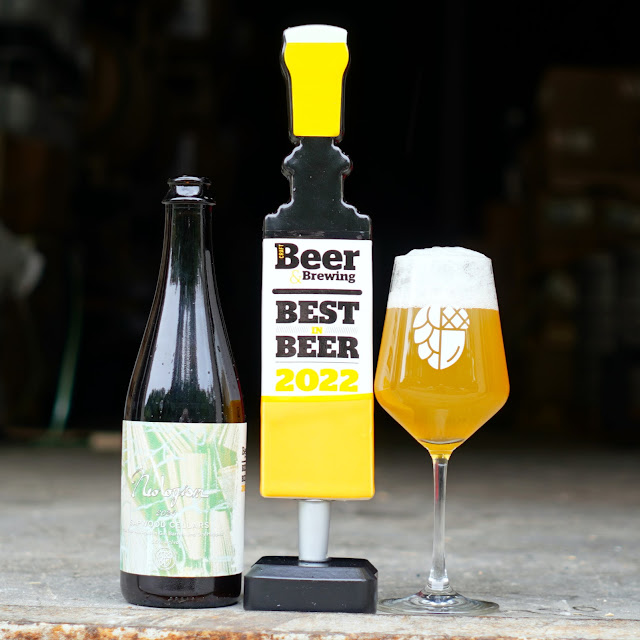
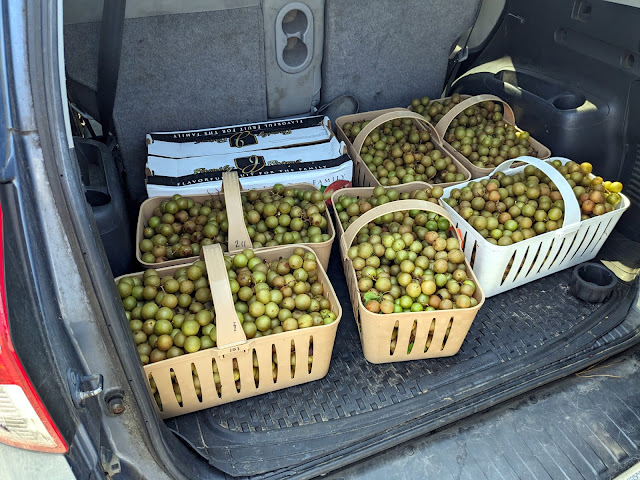
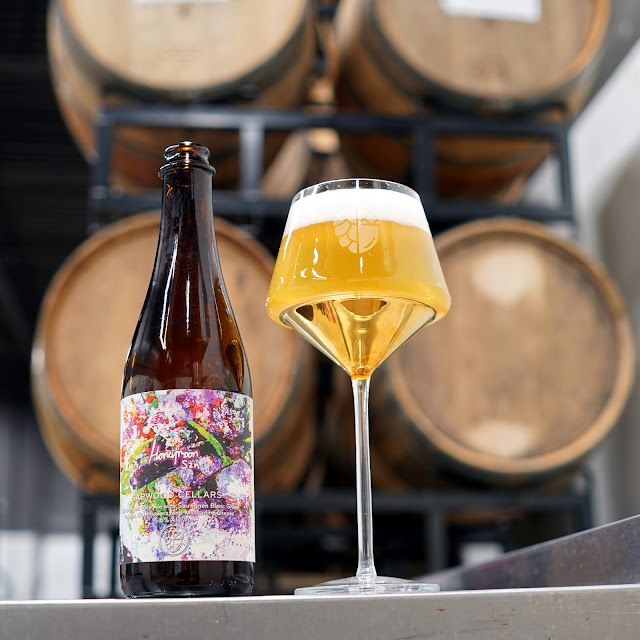
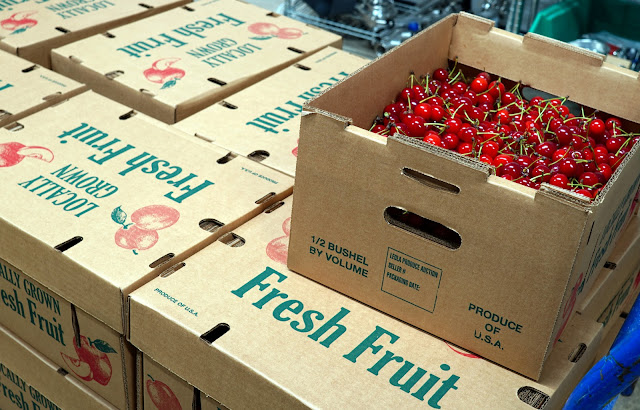
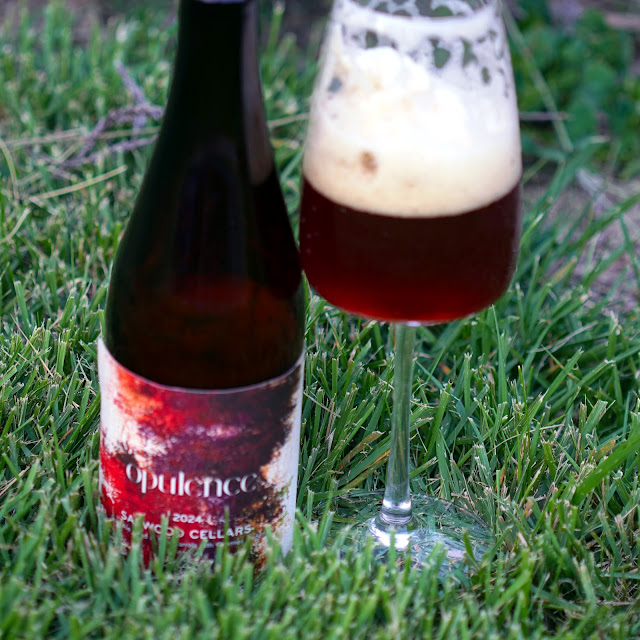

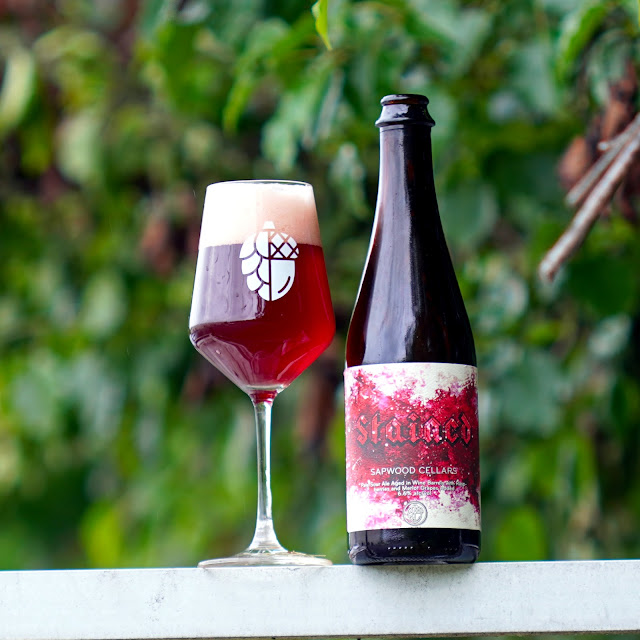
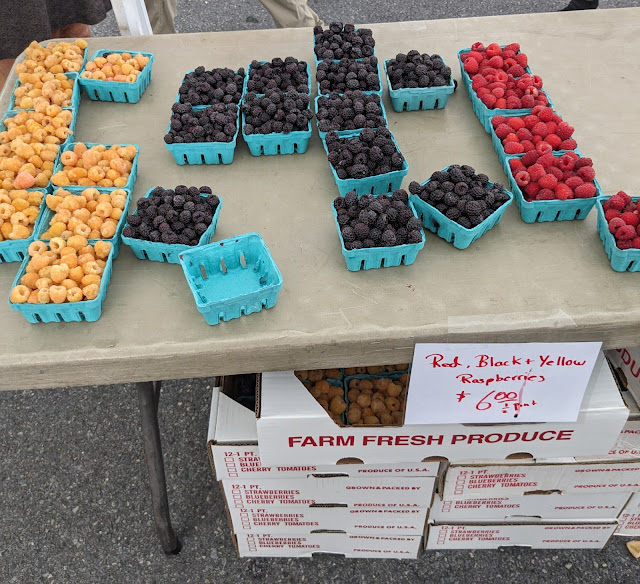
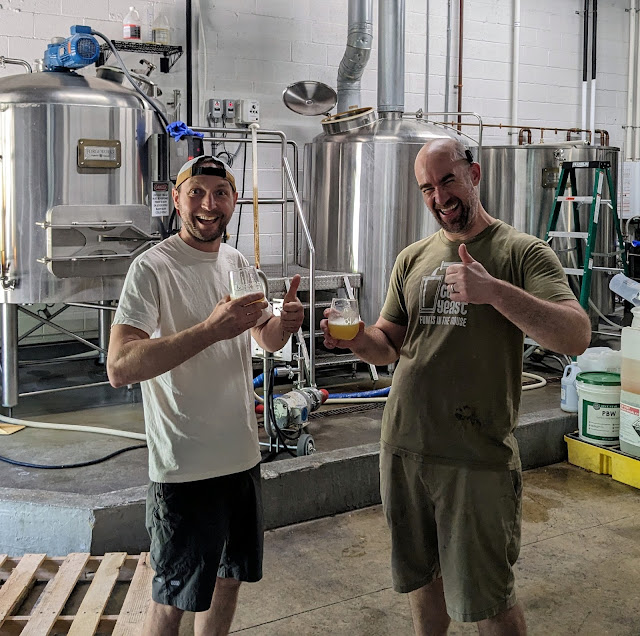
 Slated to open in November, the new venue will be Mountain Culture's first inner-city joint, housing the brewery's new barrel program.
Slated to open in November, the new venue will be Mountain Culture's first inner-city joint, housing the brewery's new barrel program. 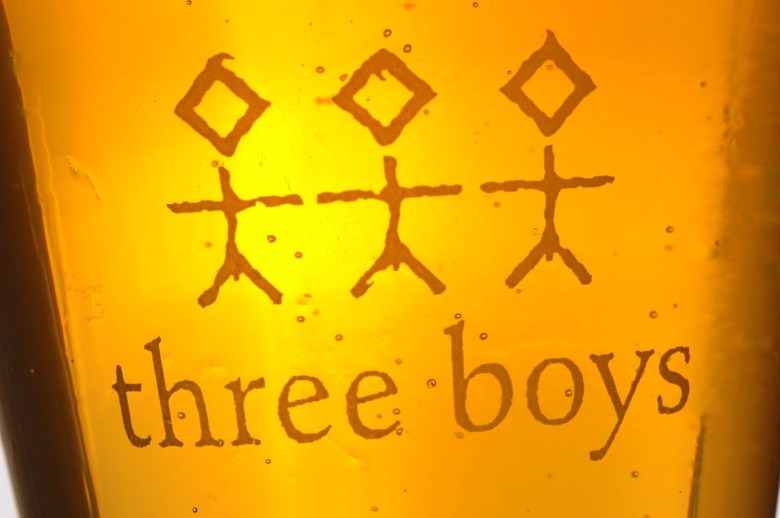 Owner Ralph Bungard spoke about the changing perception of beer, 20 years of ups and downs, and what makes Three Boys special.
Owner Ralph Bungard spoke about the changing perception of beer, 20 years of ups and downs, and what makes Three Boys special. 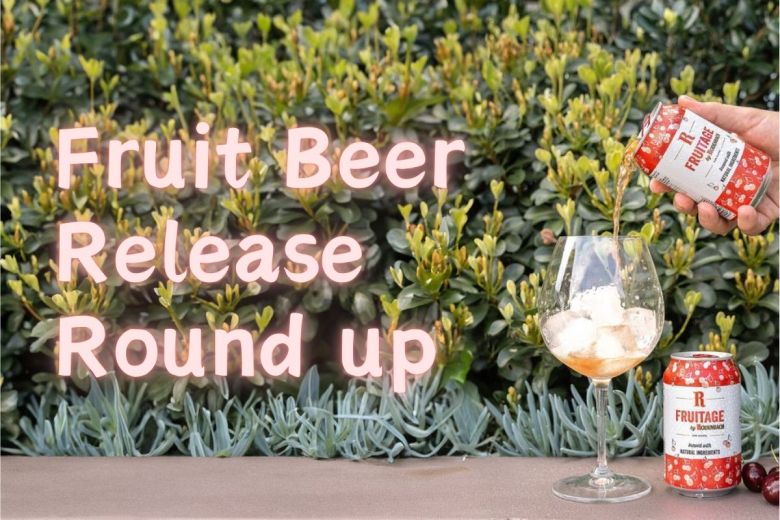 With spring well and truly sprung, we highlight three new fruit beer releases as we reach ideal weather for the style.
With spring well and truly sprung, we highlight three new fruit beer releases as we reach ideal weather for the style.  The brewery will be celebrating the milestone limited release with a complimentary tasting, including other new beers, on 29 August.
The brewery will be celebrating the milestone limited release with a complimentary tasting, including other new beers, on 29 August.  One of the pioneers of Australia's craft beer scene is hanging up his boots at 'The Lord' after 40 years of brewing.
One of the pioneers of Australia's craft beer scene is hanging up his boots at 'The Lord' after 40 years of brewing.